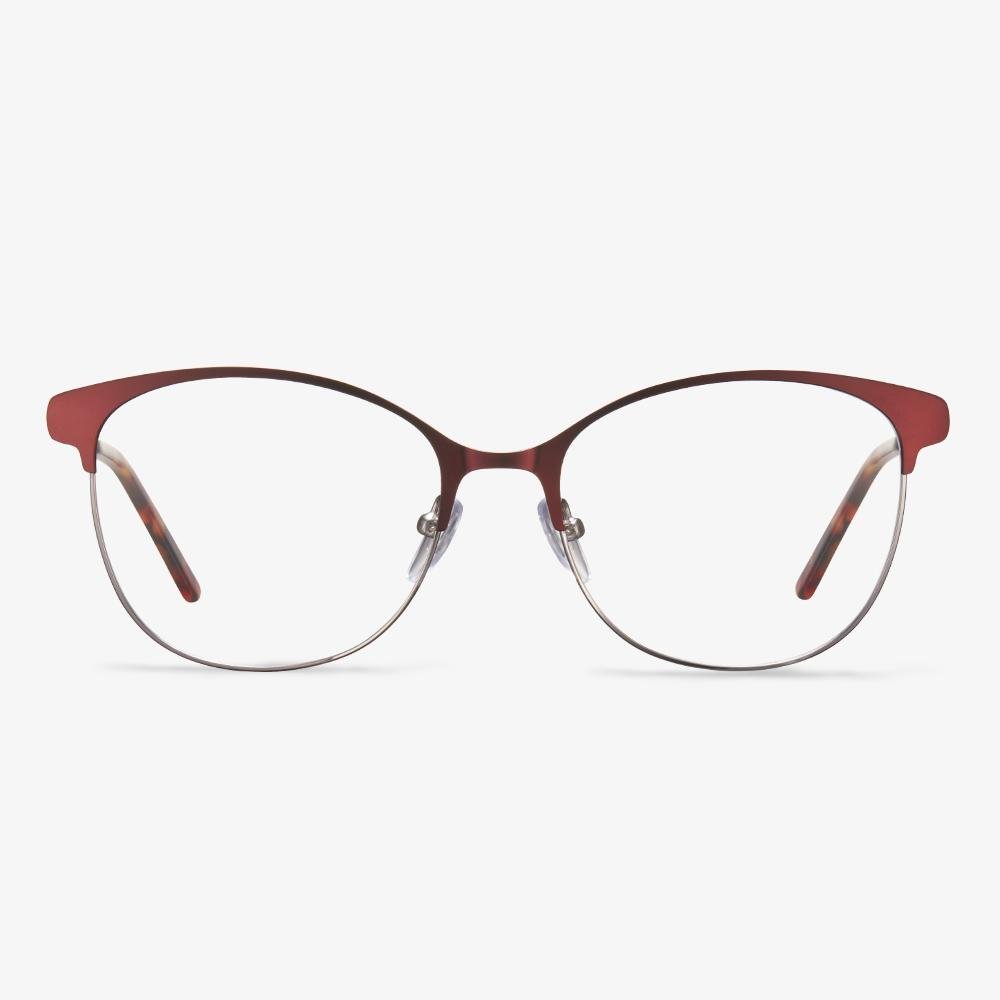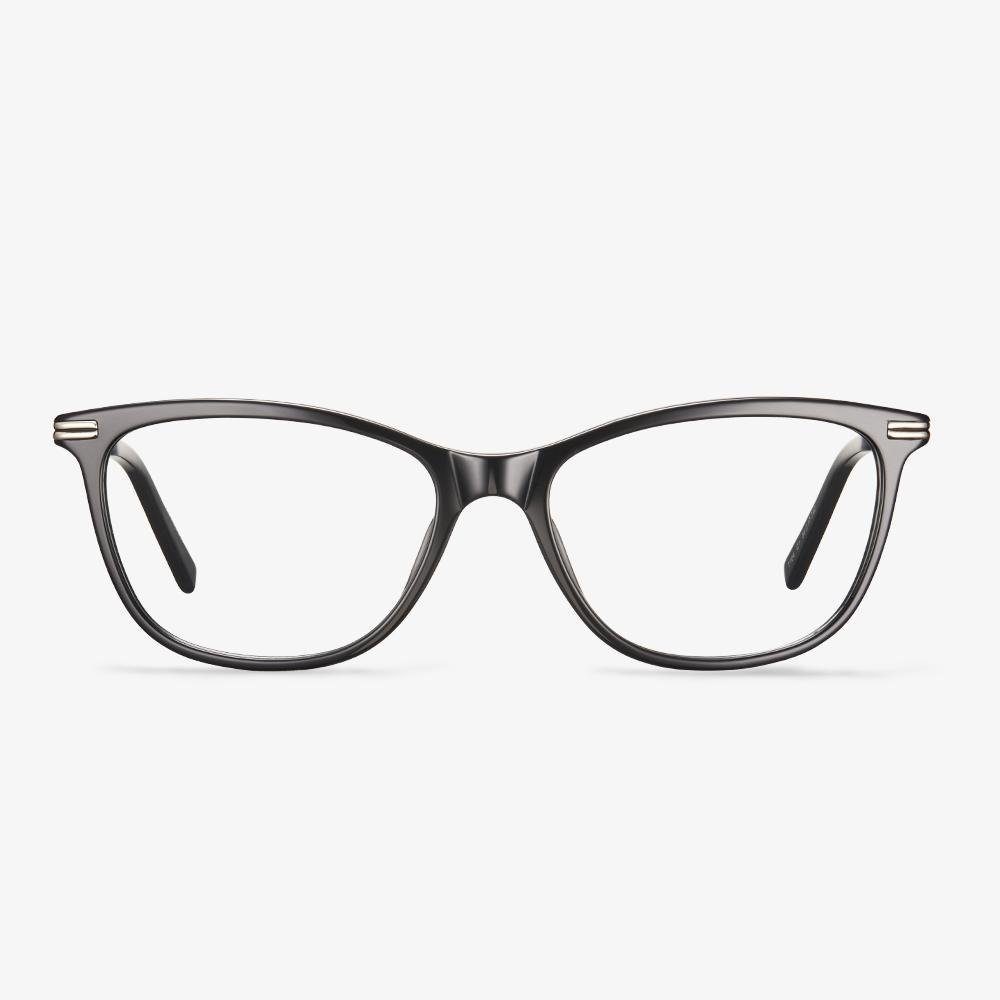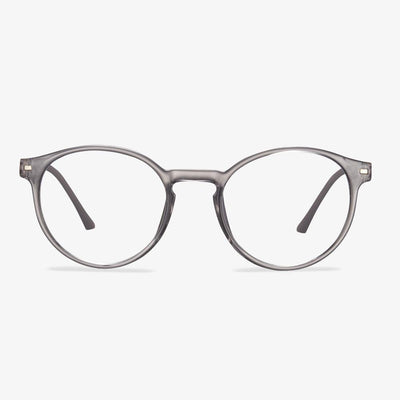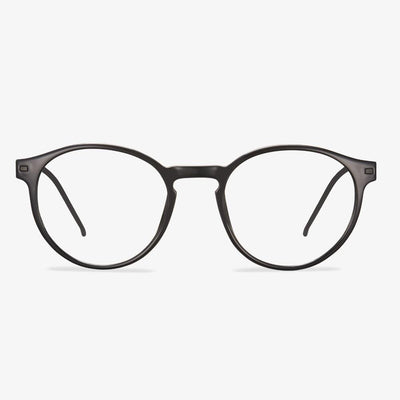What is a photochromic lens?
Photochromic lenses are lenses that become dark when exposed to a particular wavelength of light (usually ultraviolet light), but return to their original transmittance and become clear when no longer illuminated by the light source. Photochromic lenses can be made of glass or resin. The discoloration effect is caused by silver chloride or other halides added to the lens, which are transparent to visible light when not irradiated by ultraviolet light. When irradiated by ultraviolet light, chemical reactions will occur, which will absorb part of the visible light and make the lens show dark. The chemical reaction is reversible, so the lens returns to its original transparent state when it is no longer exposed to UV light.
How Are Glasses Made?
In this section, we will show you how glasses are made. Here are a few steps.
- Eyeglasses lenses are first made by an optician reviewing your prescription and taking a lens bank that closest matches your prescription.
- The optician puts the lens bank into a grinding machine and grinds it into a shape that matches your prescription even closer.
- Then the glasses lenses are edged and cut into a shape that fits the frame you chose.
- Last, put the cut lenses into a solution so as to protect them from scratches, then give them a tint and more.
After all steps are finished, the glasses are made successfully.
Anti-fouling Coating
The lens coated with anti-reflection film is pretty prone to stain, and the stain will affect the transmittance of the lens. Microscopically, the anti-reflection film shows a porous structure, therefore, the oil is very easy to soak in it. The solution is to coat a layer of anti-fouling film with anti-oil performance on anti-reflection film. The film is very thin and will not change the optical performance of the anti-fouling film. The material is mainly fluoride. There are two processes, one is the immersion method, one is the vacuum coating method (the most commonly used).
Zenni Optical
Zenni Optical is a company that sells eyeglasses online. Its mission is to provide stylish eyewear at affordable prices online. Zenni Optical sells prescription glasses, blue light glasses, and sunglasses, with a variety of lenses to choose from. You can order Zenni Optical glasses by selecting frames, lenses, and add-ons from the company's website. Zenni glasses range in price from $6.95 to $49.95. If you have a complicated prescription or add extra costs, the cost will rise to $100 or more.
Try on glasses before you buy them.
The arms of the glasses, which run along the sides of the head and eventually hold the glasses in place with the ears. The style of temples is multifarious like glasses frames. Again, just choose what you like. Be sure the radian is the normal size. The bend should not be too short or too long.
How to Get Used to Progressive Lenses?
How to adjust to a pair of new glasses? How long does it take to adjust to a new pair of glasses? In general, there are several ways for adjusting to progressive lenses. In this section, we will show you some of them.
- Put on your new progressive glasses in the morning and wear them for at least one hour or two. The next morning, try a few more hours. Develop your tolerance to adjust to them.
- When you walk, look straight ahead, not down at your feet. And, point your nose in the direction you want to look, not just looking left or right with your eyes.
- Don’t switch between your new pair and the old one frequently.
- Make sure your progressive glasses fit properly and don’t slide down your nose.
- When you read, don’t move your eyes or head. Move the page or paper instead.
- Set your computer screen below eye level. You can achieve that by adjusting your desk or chair.
Frame Selection of Progressive Sunglasses
Choose a proper frame range. Only if the frame is not very large and beveled, the frame can be very flat. Because the distance from the glazed to the optical center of a progressive multi-focus lens is 19-17 mm, and the distance between the edges of the frame will be no less than 28 mm if the area inside the lens can be used at close range while maintaining the far sighting field.


















































